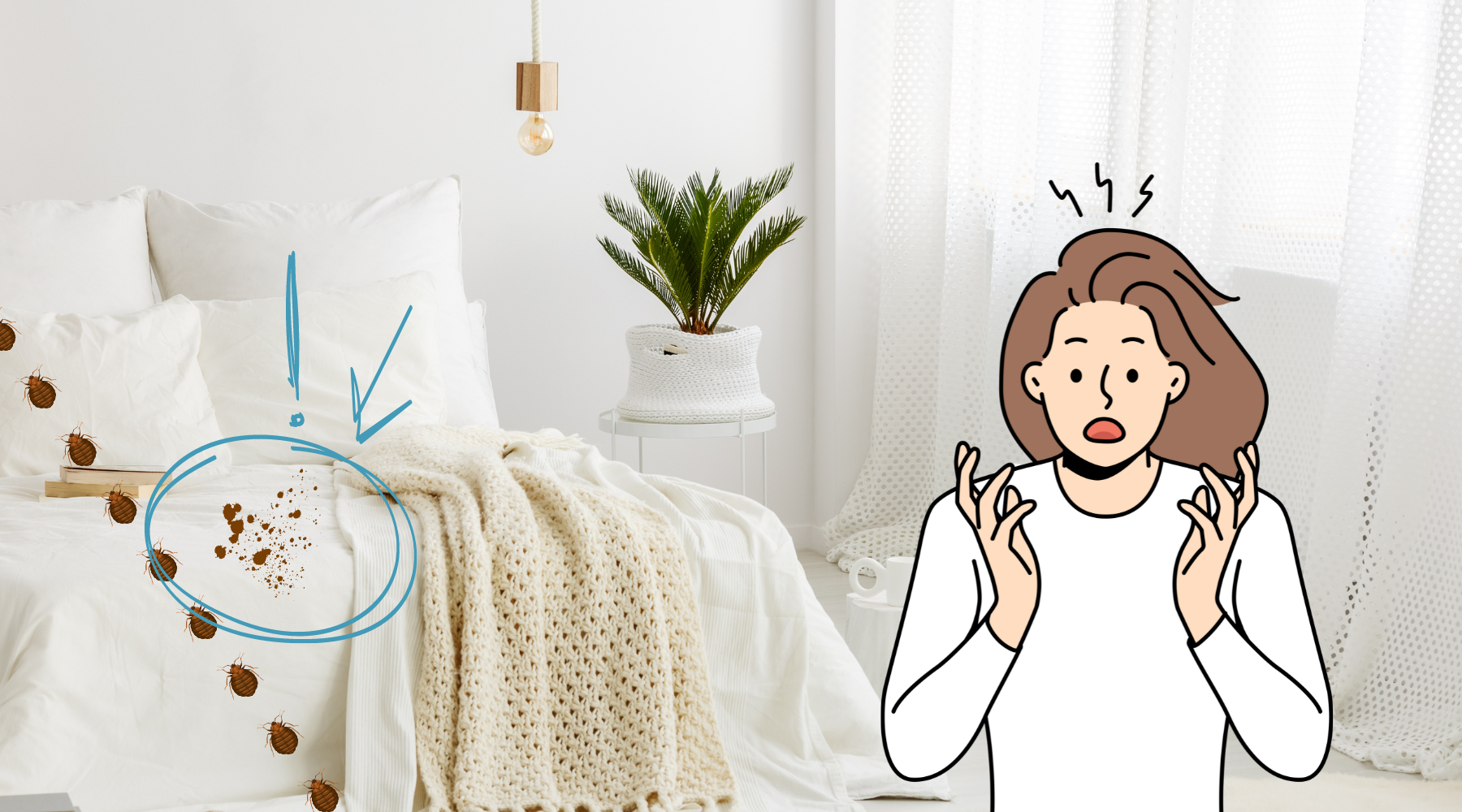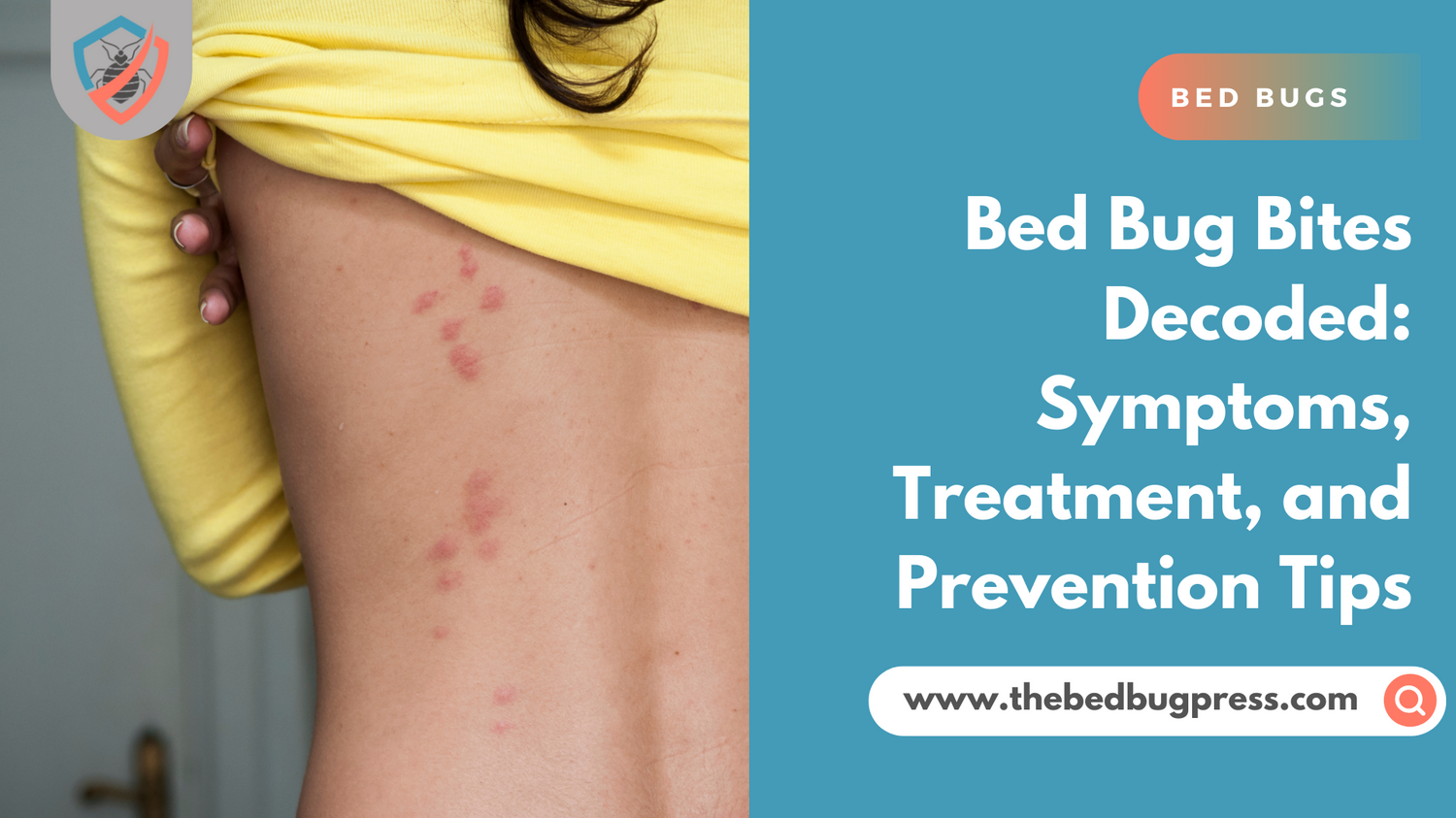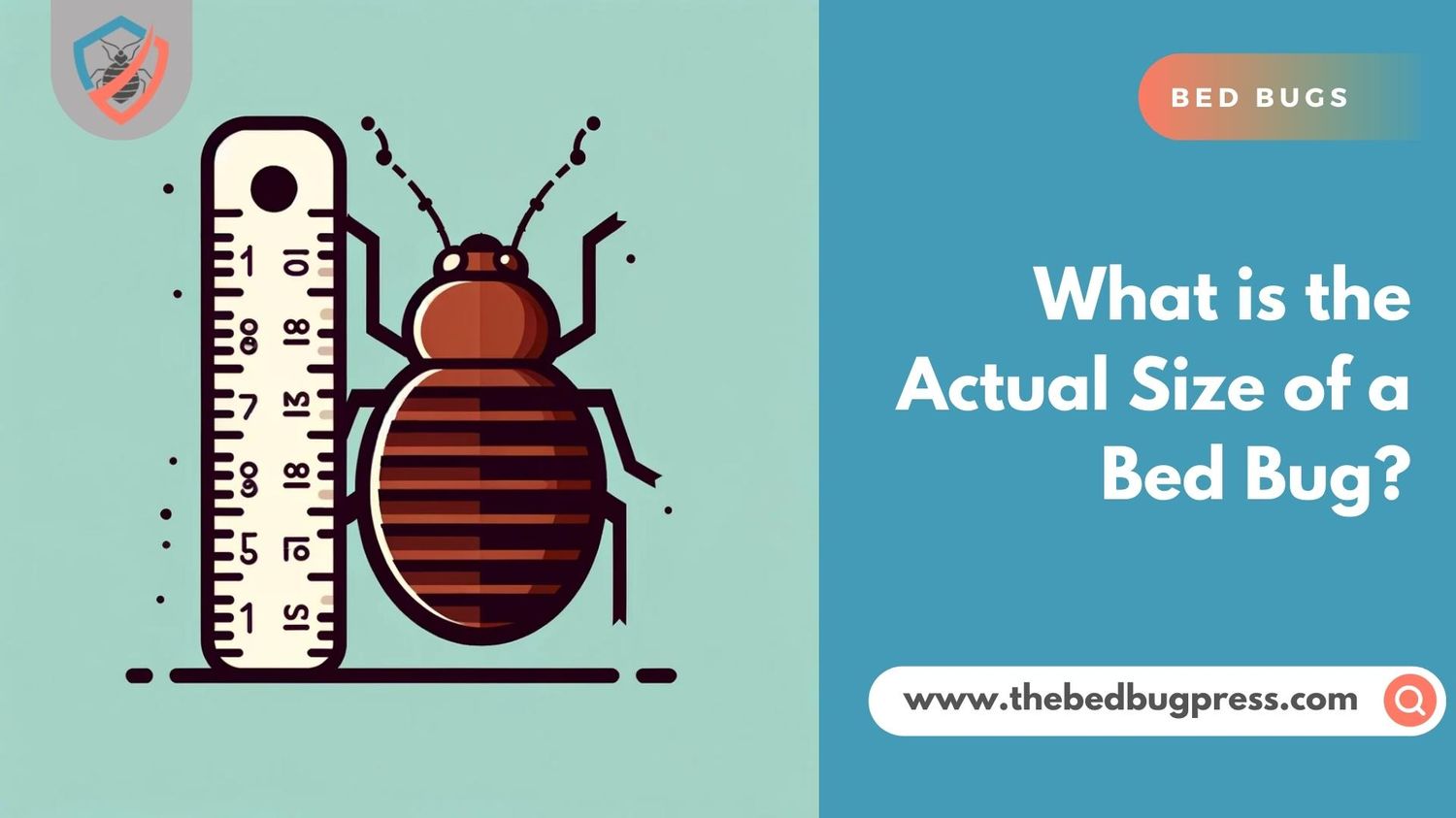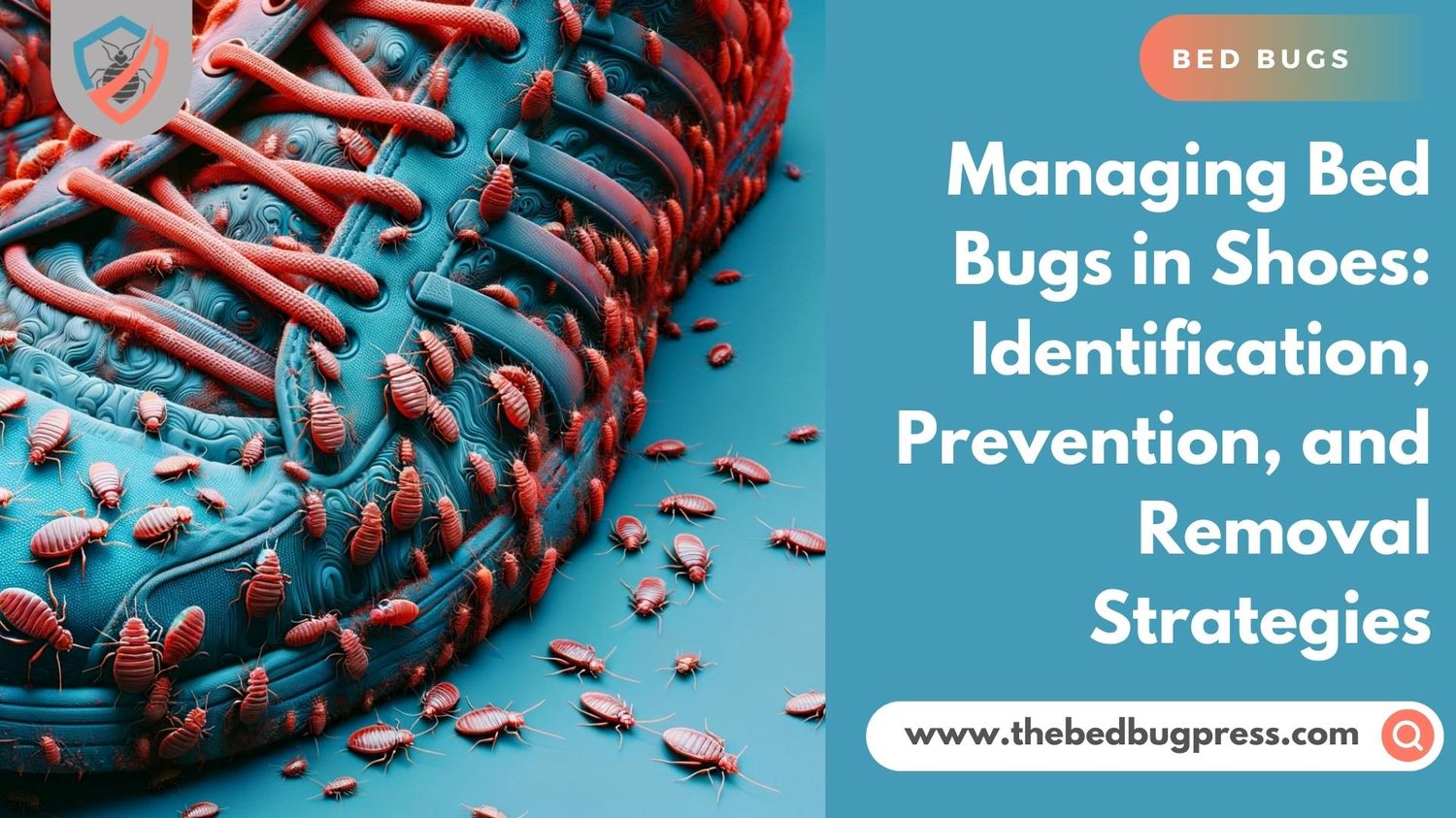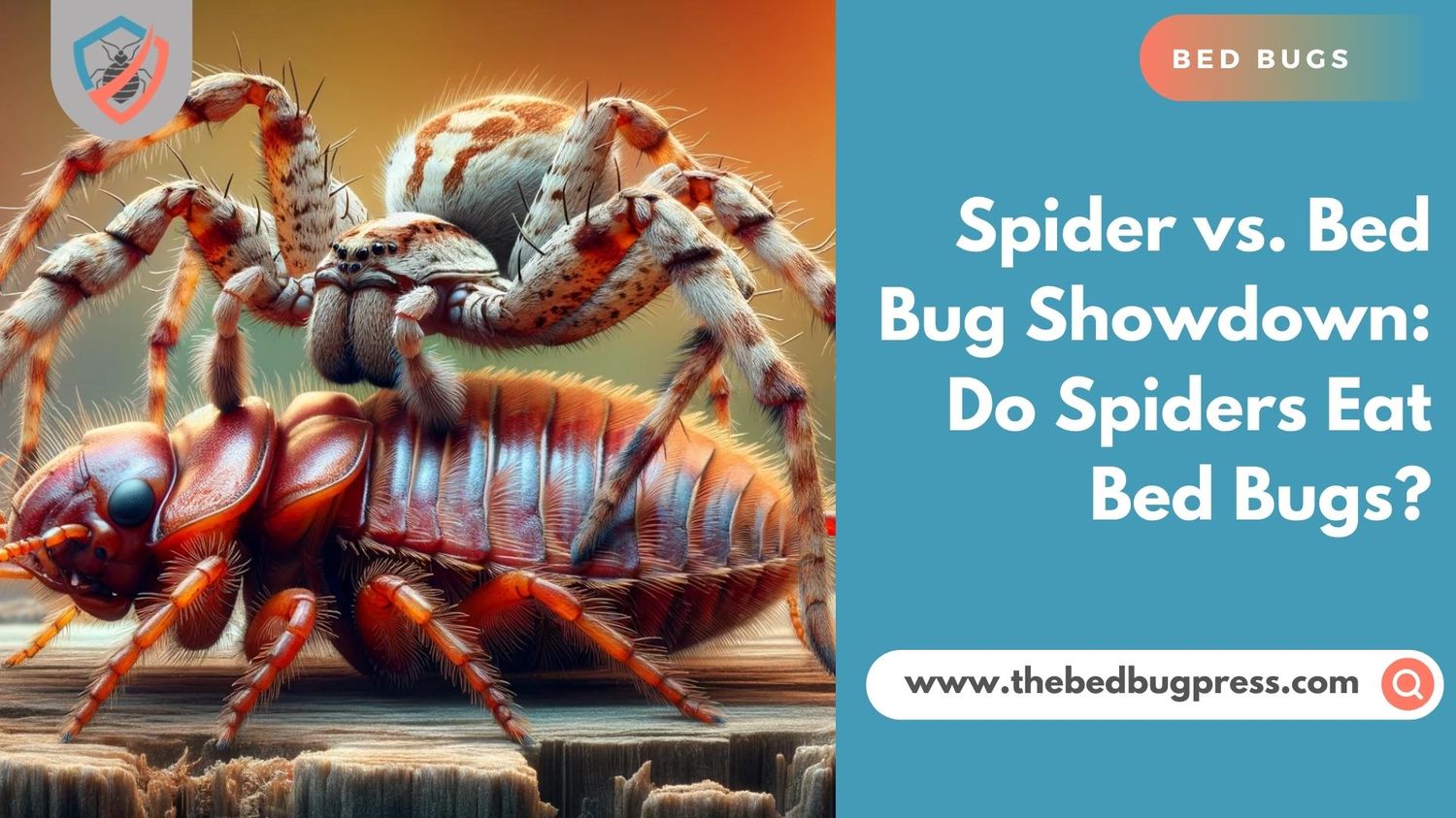Discovering bed bug stains on your bedding can be a disheartening experience, but fret not, as we have compiled a range of tried-and-tested techniques to help you bid farewell to these unwelcome intruders.
In this article, we’ll discuss various strategies that will not only remove those unsightly stains but also help you regain your peace of mind. Whether you prefer natural remedies or opt for commercial products, we’re here to help you.
So, get ready to reclaim your comfortable sleep environment as we delve into the world of effective bed bug stain removal methods for your sheets.
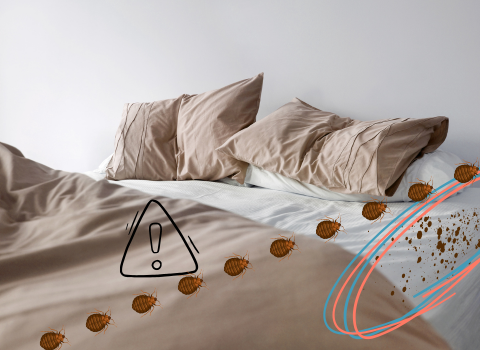
How to Confirm Stains on Sheets from Bed Bugs
Identifying whether the stains on your sheets are indeed caused by bed bugs is an essential first step in effectively addressing the issue. Here are some methods to confirm bed bug stains on your sheets:
Visual Inspection:
Carefully examine your sheets for small reddish-brown stains. These stains are typically left behind by bed bugs after they feed on human blood. Look for clusters or lines of stains, as they are often a characteristic sign of bed bug activity.
Smear Test:
Perform a smear test to confirm the presence of bed bug stains. Moisten a white cloth or paper towel and gently dab the suspected bed bug feces or stains on your sheets. If the stains smear and leave behind a rusty or reddish color, they are likely to bed bug fecal stains.
Bed Bug Detection Tools:
Utilize bed bug detection tools such as bed bug interceptors or bed bug monitors. These devices are designed to trap bed bugs as they crawl onto or off your bed. If you find live bed bug bugs or their fecal stains within these traps, it confirms their presence on your sheets.
Seek Professional Inspection:
If you are uncertain about the stains or unable to find any clear evidence, consider contacting a professional pest control expert. They are trained to identify signs of bed bugs accurately and can provide a comprehensive inspection to confirm the presence of live bed bugs and their stains.
Remember that bed bug stains are typically darker in color and may have a rusty or reddish appearance due to the digestion of blood. By carefully examining your sheets and utilizing the methods mentioned above, you can confirm whether the stains are indeed caused by bed bugs, allowing you to proceed with appropriate treatment methods.
How Big Are Bed Bug Stains on Sheets?
When those nasty bed bugs leave their marks on your sheets or mattress covers, the size of those stains can differ based on a few things. It all depends on how much blood those little buggers have sucked up, how often they’ve been chowing down, and even the bed bug species you are dealing with. Generally, the bed bug blood and stains are small and can range from specks to larger spots.
The most common type of bed bug stain is bed bug fecal matter staining, which occurs when bed bugs excrete digested blood. These stains often appear as small, dark spots or smears on the fabric. They can resemble ink stains or have a rusty or reddish-brown color. Bed bug fecal stains are usually concentrated in clusters or linear patterns, as multiple bed bugs tend to feed in the same area.
Another type of stain that bed bugs can leave on sheets is blood stains. These stains occur when bed bugs are crushed or accidentally punctured while feeding. Blood stains from bed bugs are typically small and may appear as reddish spots on the fabric.
Remember that the size and appearance of bed bug stains can also be influenced by factors such as the absorbency of the fabric and how long the stains have been present. Fresh stains are often more vivid and distinct, while older stains may fade or spread over time.
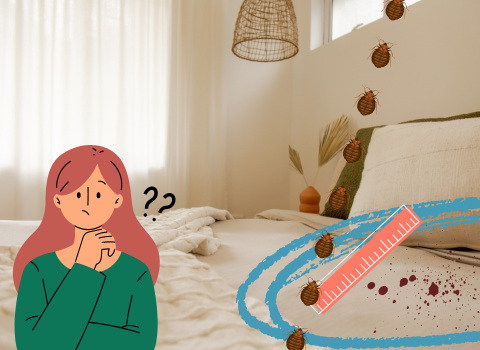
What Are These Yellow Things in My Bed? Can These Be Bed Bug Stains?
If you have discovered yellow things in your bed, it’s important to investigate further to determine their origin. While it’s difficult to ascertain the specific nature of the yellow objects without more information, they may or may not be bed bug stains. Here are a few possibilities to consider:
Bed bug excrement:
Bed bug fecal stains are typically dark brown or black, rather than yellow. However, if the yellow objects are near dark or black stains, they could be related to bed bug activity. It’s important to inspect the surrounding area for signs of bed bug droppings or bugs, such as live bugs, shed skins, or eggs.
Stains from other sources:
The yellow objects might be unrelated to bed bugs and could stem from other sources. For instance, if you have pets, the stains could be urine or pet dander. Alternatively, they could be caused by food spills, body oils, sweat, or other substances that have come into contact with the bedding.
Discoloration due to washing:
Over time, bedding materials may undergo color changes due to repeated washing and exposure to various detergents. The yellow objects could be a result of fabric discoloration, fading, or the breakdown of certain dyes.
To correctly identify the yellow objects in your bed, conduct a thorough inspection of your bedding, mattress, and surrounding areas. Look for additional signs of bed bugs, such as live bugs, bed bug eggs, or cast skins. If you suspect a bed bug infestation or are uncertain about the nature of the stains, it is advisable to consult a professional pest control expert. They can provide a comprehensive inspection and help determine the cause of the yellow objects.
Remember, early detection and prompt action are crucial in addressing potential bed bug infestations. If bed bugs are confirmed, it’s important to take appropriate measures to eliminate them, such as contacting a professional pest control service or following recommended treatment protocols.
Methods to Get Rid of Bed Bug Stains on Bed Sheets
Getting rid of bed bug stains on bed sheets can be challenging, but there are effective methods you can try. Here are some techniques to help eliminate those stubborn stains:
Pre-treatment:
Before attempting to remove the stains, it’s important to pre-treat the sheets by washing them in hot water. Set the water temperature to at least 120°F (49°C) or higher, as bed bugs and their eggs are sensitive to heat and will be killed at these temperatures. Be sure to follow the care instructions on your sheets to avoid damage.
Enzymatic Cleaners:
Enzymatic cleaners are specifically formulated to break down organic stains such as blood, feces, and other bodily fluids. Apply an enzymatic cleaner directly to the bed bug stains and gently scrub the affected area with a soft brush or cloth. Allow the cleaner to sit for the recommended duration, then launder the sheets according to the instructions.
Stain Removers:
Commercial stain removers can be effective in treating bed bug stains. Look for products that are suitable for the fabric of your sheets and are designed to remove tough stains. Follow the instructions provided by the manufacturer and test the product on a small, inconspicuous area of the sheets before applying it to the entire stain.
Natural Remedies:
Some natural remedies can help in treating bed bug stains. For example, a mixture of equal parts hydrogen peroxide and dish soap can be applied to the stains and left to sit for a few minutes before laundering. Baking soda paste, made by mixing baking soda with water, can also be applied to the stains and left to dry before brushing it off and laundering the sheets.
Professional Cleaning:
If the above methods don’t yield satisfactory results, or if you prefer expert assistance, consider taking your bed sheets to a professional cleaner. Professional cleaning services have access to specialized equipment and stain-removing agents that may effectively eliminate bed bug stains.
Remember, it’s crucial to address the underlying bed bug infestation to prevent further staining. Treat the infested area and take appropriate measures to eradicate bed bugs from your home, such as using insecticides, vacuuming regularly, and encasing your mattress and pillows in bed bug-proof covers.
By combining these stain removal methods with comprehensive bed bug control measures, you can effectively combat both the stains and the bed bug problem, ensuring a clean and comfortable sleep environment.
What Are the Black Stain Bed Bugs Leave Behind?
The black stain bed bugs leave behind is commonly referred to as bed bug fecal stains. These stains are a result of bed bug fecal marks from bugs digesting blood and excreting waste onto various surfaces, including bedding, sheets, and mattresses.
Bed bug fecal stains are typically small, dark spots or smears that appear on infested surfaces. They often resemble ink stains or have a rusty or reddish-brown color. The color can darken over time as the excrement dries and oxidizes. The stains are composed of digested blood and the excreted waste materials of the bed bugs.
One distinctive characteristic of bed bug fecal stains is their clustering or linear pattern. This is because bed bugs tend to defecate in the same areas where they feed, resulting in concentrated groups of stains. These patterns can be useful for identifying the presence of adult bed bugs.
It’s important to note that bed bug fecal matter stains may vary in appearance depending on factors such as the age of the stain, the absorbency of the surface, and the species of bed bug. Fresh stains are often more vivid and distinct, while older stains may fade or spread over time.
If you suspect bed bugs leaving excrement stains on your bedding or other surfaces, it’s crucial to address the underlying bed bug infestation promptly.
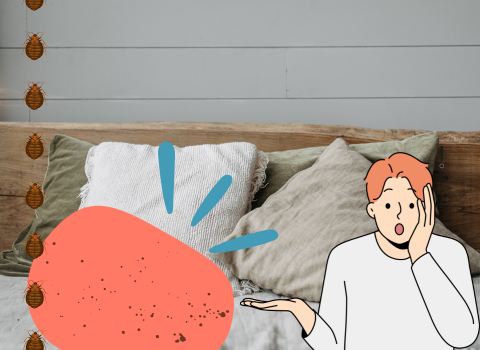
Do Bed Bug Stains Wash Out Easily?
Bed bug stains do not always wash out easily, as they are typically composed of digested blood and excrement. When it comes to getting rid of those bed bug poop stains, there are a few things you got to consider. It all depends on the fabric you’re dealing with, how old that stain is, and the techniques you’re using to tackle it.
Fresh bed bug stains are generally easier to remove than older, set-in stains. Acting promptly and treating the stains as soon as possible increases the likelihood of successful removal. However, if the stains have been present for a long time or have been subjected to repeated washing and drying cycles, they may become more challenging to eliminate.
When it comes to getting rid of those stubborn stains, the game plan depends on a couple of things. First off, you got to consider the type of fabric you’re dealing with. Then, it’s all about the methods you use to kick those stains to the curb. Some fabrics may be more prone to absorbing and retaining the stains, making it more difficult to completely wash them out. Additionally, the use of improper cleaning techniques or harsh chemicals can potentially damage the fabric while not fully removing the stains.
To improve the chances of successfully washing out bed bug stains, consider the following steps:
Pre-treatment:
Before laundering the sheets, pre-treat the stains by applying a stain remover or an enzymatic cleaner directly to the affected areas. Let the stain remover sit for some time to help break down the stains.
Proper washing:
Follow the care instructions on your sheets and wash them using the hottest water setting allowed for the fabric. Higher temperatures can help break down and remove the stains effectively. If possible, adding oxygen-based bleach or color-safe bleach to the wash may enhance stain removal.
Multiple wash cycles:
For stubborn stains, it may be necessary to repeat the washing process multiple times, allowing the sheets to soak for longer periods or using pre-soak cycles if available. This can help loosen and dissolve the stains gradually.
Sun drying:
After washing, consider air drying the sheets in direct sunlight. The sun’s UV rays can have a bleaching effect and help fade the stains. However, be cautious if the fabric is delicate or prone to sun damage.
Professional cleaning:
If all else fails or if the stains are deeply set, seeking assistance from a professional cleaner who specializes in stain removal and fabric care might be a viable option.
It’s important to note that the success of stain removal can vary, and some stains may be permanent, especially if they have heavily saturated the fabric or have been left untreated for an extended period.

